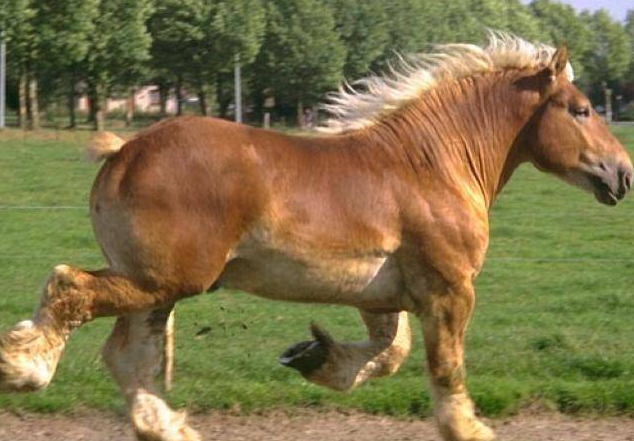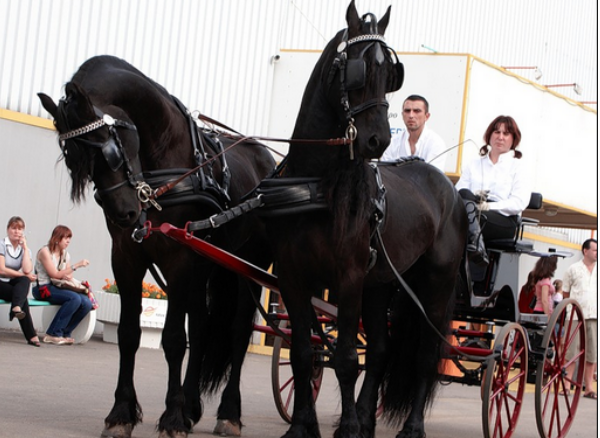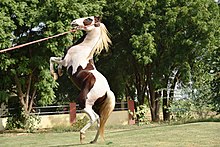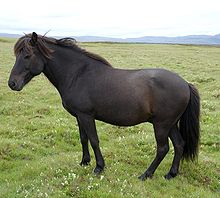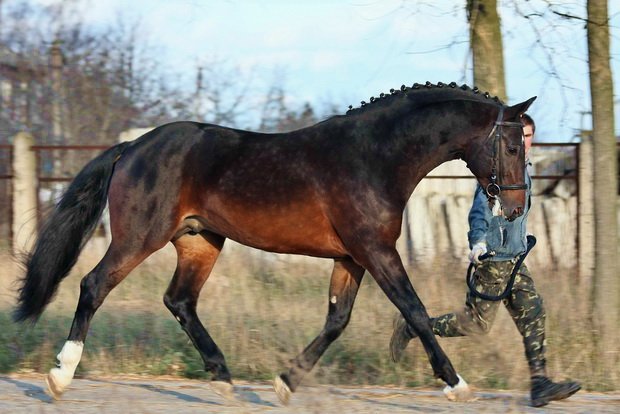scientists
Tusker
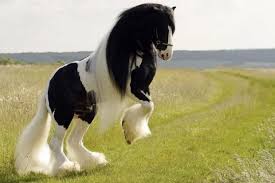 Story
Story
The formation of the breed was influenced by gypsies, who, together with their pinto horses, first appeared on the British Isles in the 15th century. Here gypsy horses mixed with the local breed, which led to the appearance of the breed Irish or gypsy cob. Other British breeds also took part in the formation of the gypsy coba – Welsh ponies of all types, Dale, Fell, Highland, Kledesdal and Shire.
Until the mid-20th century, the tinker was not recognized as a separate breed. The systematic breeding of tinkers began only after the Second World War. In 1996, the Irish Cob Society was founded, which began the registration of tinkers. The Irish Cob Association has registered the first official founder of the breed, Cushti Bok stallion. Today in the world there are several pedigree books of gypsy cobs. Continue reading
German half-breed Holstein breed of horses
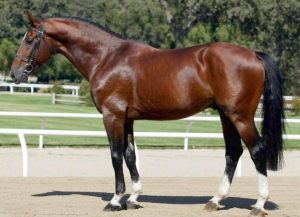 This wonderful breed of horses can rightfully be proud of its rather long history. Once such horses were indispensable for riders during the war, because the courage and balanced nature of these amazing animals were highly valued. Currently, bright representatives of the breed are used only as sports horses.
This wonderful breed of horses can rightfully be proud of its rather long history. Once such horses were indispensable for riders during the war, because the courage and balanced nature of these amazing animals were highly valued. Currently, bright representatives of the breed are used only as sports horses.
Holstein variety of horses
The Holstein breed of horses can be safely called the oldest among all German half-breeds, because it has been mentioned in the literature for several centuries. For example, in the distant 17th century, horses that were bred in this area were very popular among residents of Italy, France, Denmark. In the veins of an old horse – a representative of the Holstein family – the blood of Spanish, German, Neapolitan, Eastern horses flowed. Continue reading
